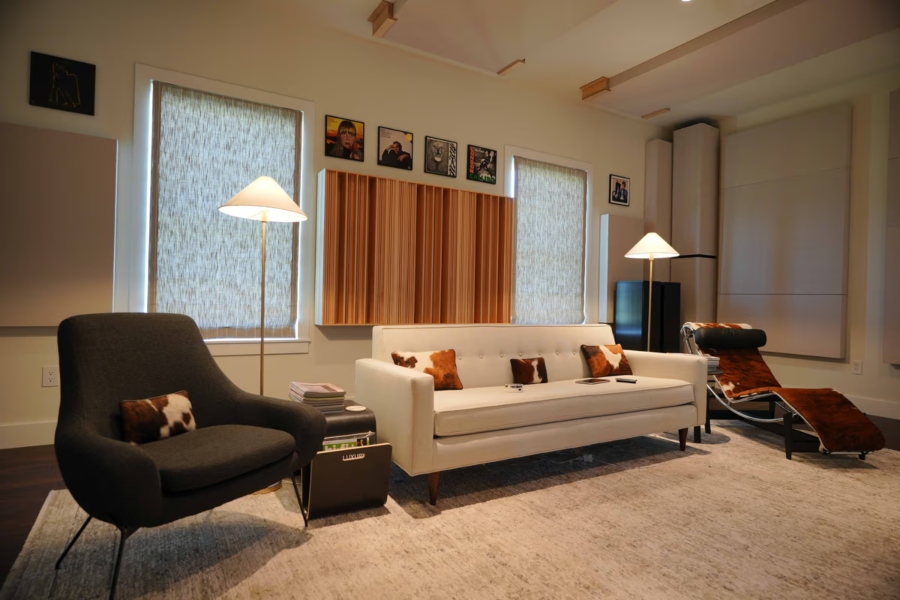After spending decades in the audiophile world, working on Absolute Sound, editor and CEO Tom Martin concluded when it came time to create a new critical listening space to aid him in his work that he needed to partner with the acoustic research and software development firm REDI Acoustics to help him create rooms that facilitate quality listening experiences.
Absolute Sound Editor Seeks to Apply Lessons Learned from Career
Martin has built and commissioned multiple listening rooms throughout his career, each one informed by the lessons learned in previous projects. He is quick to point out that although such a room is essential and obvious to his work, the impact of it on the audiophile listening experience is not as well-known as it should be.

“I need an acoustical environment that has the least impact on equipment possible, or else I’d just be reviewing how my room sounds over and over again,” he explains.
“It doesn’t matter how much one spends on speakers if the impact of the room is not assessed, which is something many people still do not completely understand. It’s a fundamental human characteristic where people are more interested in the new shiny equipment than the more ‘invisible’ factors like services that, in fact, can have a much larger impact on the end experience.”
Martin’s Listening Room Explores Unique Interactions Between Space and Acoustics
Martin is no novice to listening room design or to the impact of room acoustics on the sound and performance of speaker systems. Therefore, when it came time to design a new room for testing equipment at Absolute Sound, one of his requirements was to heighten his existing understanding of his room’s unique properties and what would be required to design the proper environment.
“The science of acoustics is highly complex, but the underlying physics behind it is perfectly well known,” he explains. “The issue is more that much of it is based on a series of learned ‘rules of thumb’ that aren’t often completely understood or—worse—explained to the end user. It can often result in a lot of ‘guess and check’ that seems wasteful and uninformative, when truly there is the potential to gain a greater understanding and appreciation of sound with the proper explanation.”

“It’s not voodoo at all, as is sometimes thought, so when I started this process, it was very important for me to work with a team that could give me all the explanations—regardless of how complex they might be—to inspire confidence in the end product. That’s where REDI Acoustics comes into the story.”
[related]
Thousands of Potential Options Create the Best Possible Sound
Although REDI Acoustics initially started in the world of recording studios, the company suggests the implications of its AI-driven acoustic optimization technology has not been lost on a growing segment of audiophile customers. These homeowners the company continues, have driven much of the firm’s latest work.
“When it came to working with Tom, he was very interested in exploring every possibility of what could be done with his room and how best to explore every nuance of how it could work. This is where REDI shines because it is fairly straightforward for us to explore all of these iterations of the concept,” says PK Paney, co-founder, REDI Acoustics.

Martin worked alongside Pandey and REDI Acoustics engineers Rinaldi Petrolli and Artur Zorzo to explore his chosen space—from room geometry, to listening positions—to placements for speakers and acoustic treatments. Working with Martin through optimized models built from thousands of potential solutions, the REDI Acoustics team walked him through best practices to achieve his goals for the project.
“Optimization makes acoustics a truly solvable problem because the amount of iterations required to find the best version can be done quickly and effectively,” says Petrolli. “We were able to explore every possibility that Tom was curious about, and share the explanations of how everything could work. Ultimately, we arrived at a response and room performance that was exactly what he wanted.”


















